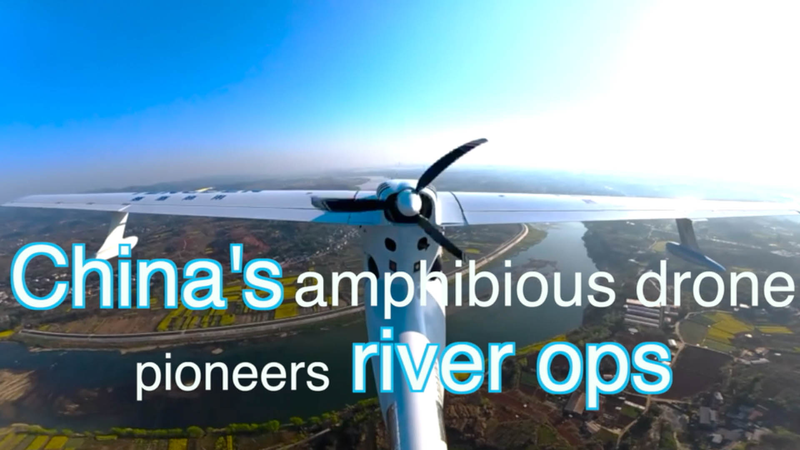On March 26, a groundbreaking technological milestone was reached in Chengdu City in southwest China when the amphibious drone known as "Hunjianglong" made a historic flight. Developed by Sichuan Tengden Science and Technology, this innovative UAV took off and landed on a river, demonstrating its remarkable versatility on both water and land.
Featuring a wingspan of 12.4 meters, a maximum takeoff weight of 650 kg, and a range of 2,800 km, the Hunjianglong is engineered for endurance and flexibility. Its ability to fly for 16 hours and carry up to 200 kg of payload makes it a powerhouse for missions in challenging environments.
Designed for short takeoffs and landings on diverse surfaces including water, roads, and grassy terrains, this drone reduces the need for traditional runways. Its potential applications span emergency rescue, forest fire monitoring, river patrols, and weather modification, positioning it as a revolutionary tool in the low-altitude economy.
Industry analysts are enthusiastic about its wide-ranging capabilities, noting that the Hunjianglong could transform operations in remote and hard-to-reach areas. This innovation mirrors the global push towards sustainable and efficient technological solutions, resonating with a dynamic audience of young global citizens, tech enthusiasts, and forward-thinking changemakers.
The debut of the Hunjianglong sets a promising precedent for the integration of advanced UAV technology into critical services worldwide, paving the way for a future where innovation meets practical real-world impact.
Reference(s):
cgtn.com




